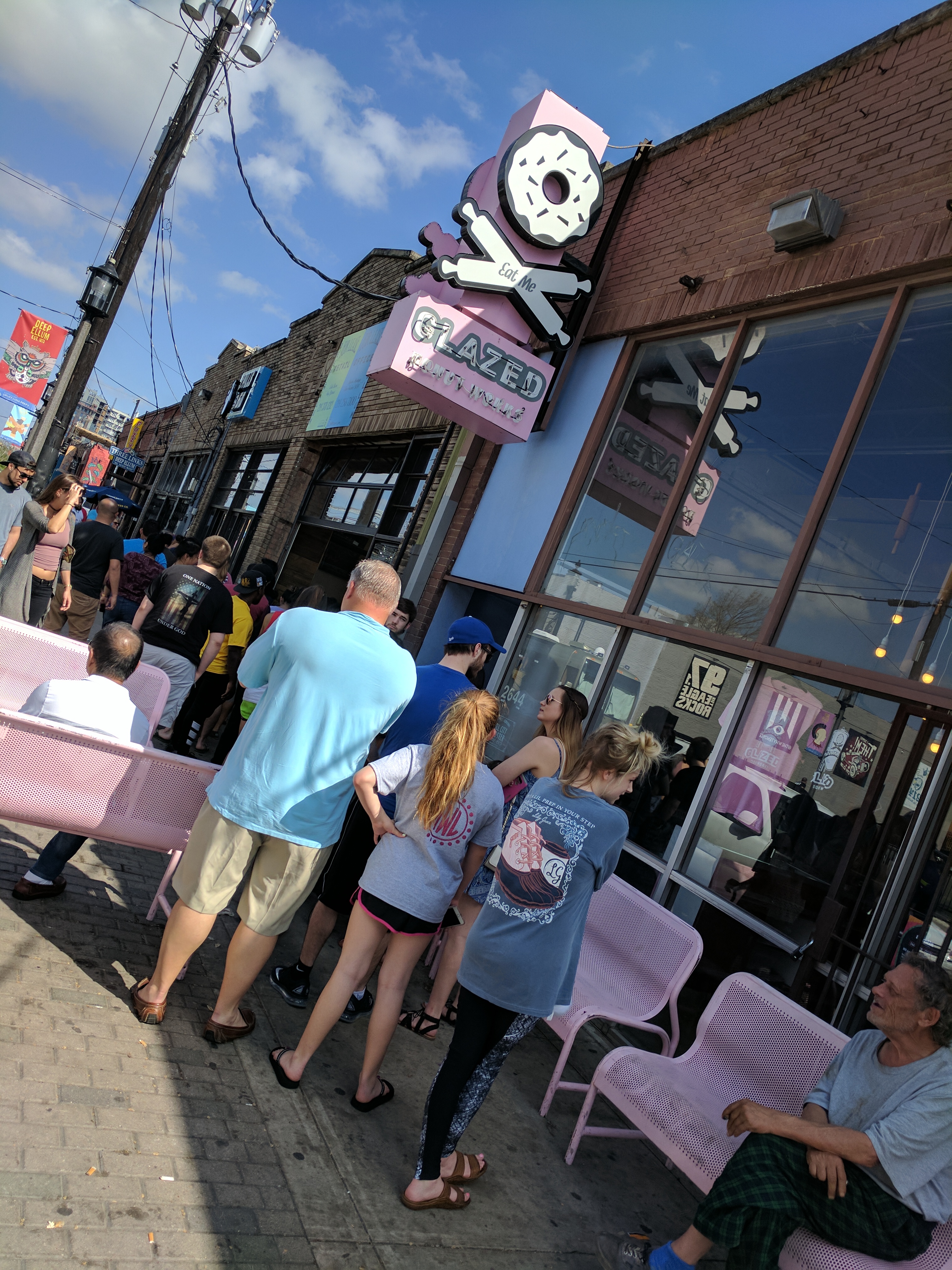Tag: restaurant
-

Great Restaurants Thrive on Cultural Diversity
To say that I have been fortunate to be part of several great restaurant teams would be an understatement. Diversity was a characteristic of all of them. Restaurants are commonly raved about for their food, decor, location, and drinks. What truly sets apart the great from the good is the people. The team that delivers…
-

Sell Yes? Hell Yes.
What is a special request? Its a momentary fork in the road, something that jumps up unpredicted, and can catch any of us off guard. That can scare, vex, and distract you, which is precisely why so many react with a negative emotion that is best indicated by a single two letter word. NO. That’s…
-
Restaurant Reality Show (Day 39)
Spirocks Video Series (Day 39) Behind the scenes of a busy restaurant during the holiday season, join take a look at the life and times of those running the restaurant. Plus Pub life!
-
Groupon the Restaurant Killer
My original Groupon post was written when Groupon turned down billions from Google, and I wrote they would fail or have to adjust their deals. Fail is a strong word and the headline ‘Why Groupon Will Fail’ has served me well in getting people to read then stop and think about the fact that Groupon…
-
3 Reasons Why Accepting Online Reservations Is Important
Recently I started working with a new client who has not yet decided to use an online reservation system. As I prepared my reasoning for why his restaurant should, I decided to write it here for you. 1) Online Reservations accept your customer’s requests when THEY want to reserve a spot at your restaurant. 24/7…